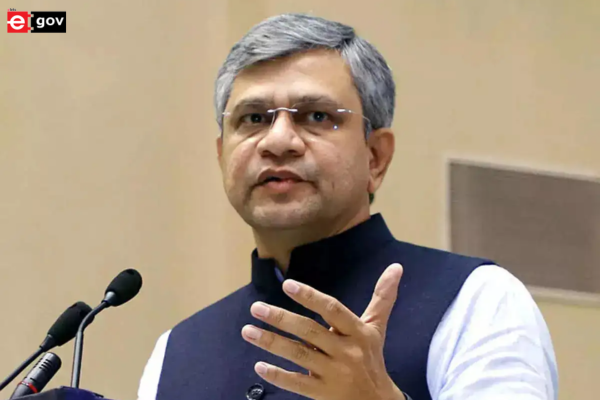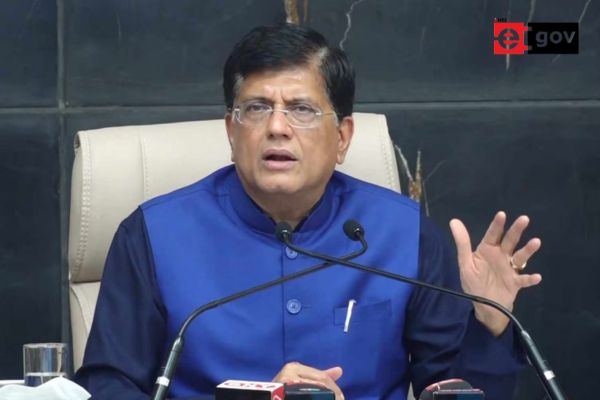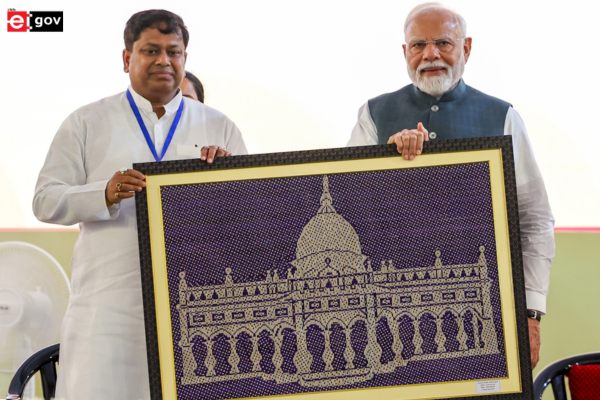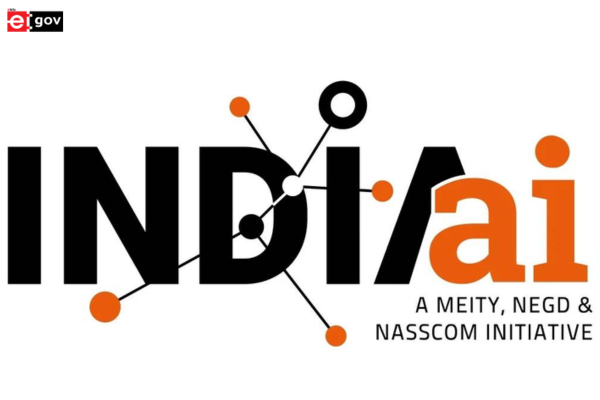In emerging markets, aging and dilapidated infrastructure can be an impediment to economic growth. Together with accelerated urbanization, this situation has forced governments to sit up and pay attention to the importance of infrastructural development.
In India, urbanization is taking place at a more rapid rate than in the rest of the world. According to the United Nations’ ‘State of the World Population 2007’ report, by 2030, 40.76% of India’s population will be living in urban areas compared to about 28.4% today. In other emerging countries in Asia, around 1 million people are migrating to cities from rural areas annually. To cope with this influx, there is an urgent requirement for improved urban planning and management. Ad hoc residential development needs to be better controlled and basic infrastructure provided ahead of development taking place.

To that end, many governments have prioritized infrastructure development in their stimulus packages. In Asia alone, governments have set aside significant funds for infrastructure projects. In China, part of a 4 trillion Yuan budget (US$ 570 billion) has been allocated for infrastructure projects specifically for new railways, subways, and airports. The Indonesian government has announced a 72 trillion Rupiah (US$6.5 billion) fiscal stimulus package focused on infrastructure and other projects to boost growth and create jobs. The Indian government announced a stimulus package that is expected to provide Rs 1,000,000 crore (US$ 200 billion) worth of financial fillip to the domestic infrastructure sector for the next one and a half years.

With so much investment being pumped into infrastructure development, decision makers involved in large-scale infrastructure development projects need to make informed choices, and build in a responsible way that addresses issues like cost, the environment, resource and time. As building growth increasingly intersects with environmental concerns and the rising cost of energy, sustainable design is also an area of consideration.

An investment of 2% of building costs on green products and systems will yield savings of at least 10 times over the life of a building

Either way, it is important that organizations in the private and public sector be able to account for their decisions that have to be executed in efficient, effective and responsible ways. The proliferation of communication channels means that any organization is now subject to more scrutiny than ever. The need for greater accountability and transparency in government spending, coupled with the current market sentiment, presents public sector organizations with both the need and opportunity to adopt and demonstrate a leading and innovative mindset, and introduce new approaches to their traditional methods in order to improve productivity and reduce costs. One way to achieve that is by exploring the role the new workflows and design technologies can play in infrastructure development.
Building Information Modelling (BIM)
How can design technologies assist in the planning processes and what diagnostic tools should the public sector leverage to be more cost-effective, resource efficient, and economically sound?
Building Information Modelling (BIM) can help an infrastructure development team cost effectively design and deliver high-performing, resource-efficient buildings and infrastructure, as well as renovate or replace aging infrastructure. BIM is an integrated process that allows architects, engineers, builders, and owners to explore a project’s key physical and functional characteristics digitally
Be a part of Elets Collaborative Initiatives. Join Us for Upcoming Events and explore business opportunities. Like us on Facebook , connect with us on LinkedIn and follow us on Twitter, Instagram.
"Exciting news! Elets technomedia is now on WhatsApp Channels Subscribe today by clicking the link and stay updated with the latest insights!" Click here!












